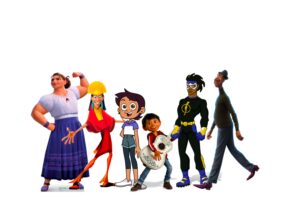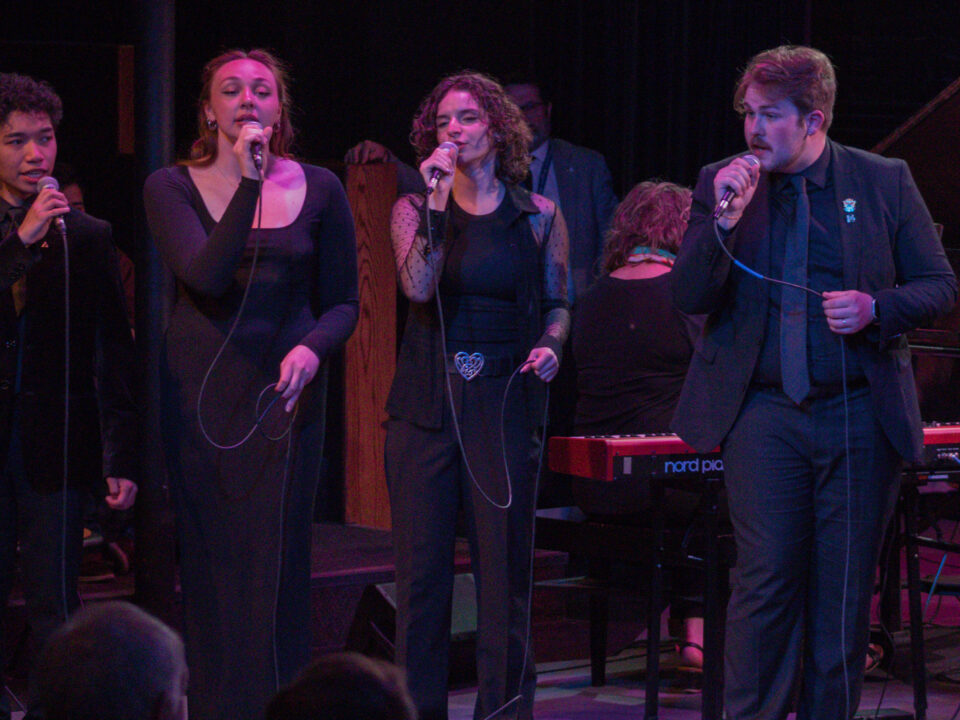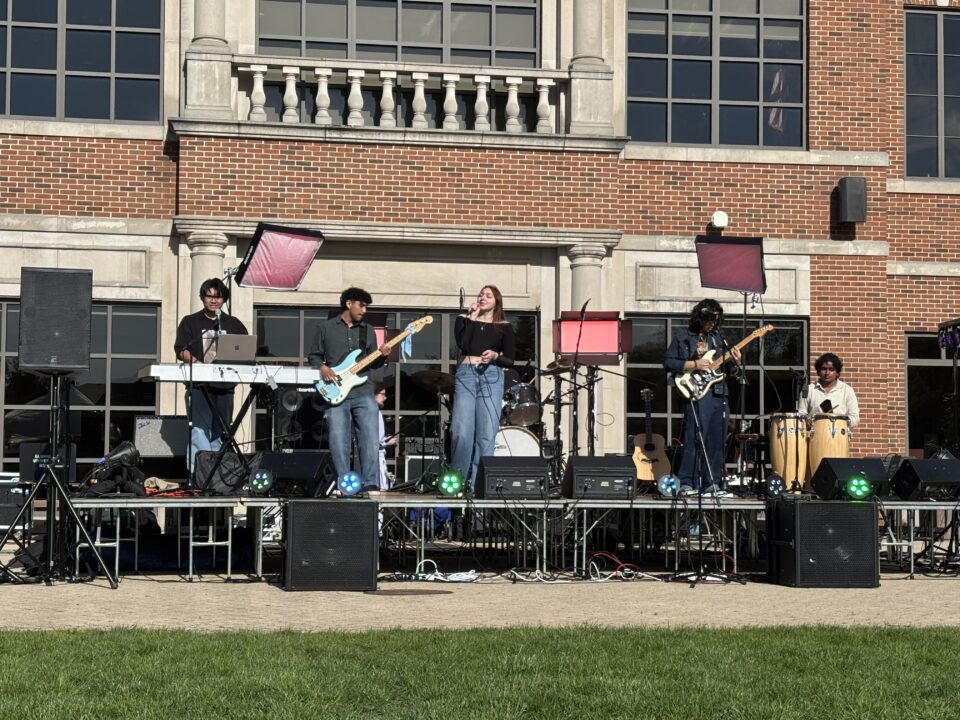Look, it’s me: modern diverse cast representation in animation impacts viewers across all ages

Graphic by — Rachel Fratt
In light of the release of films such as “Soul,” “Encanto,” and “Turning Red,” some may wonder why cultural diversity within animation matters to many. Those who aren’t as impacted by the topic of representation might ask why it’s necessary, or why it’s been such a long, ongoing discussion in recent years.
For people of color (POC) who have often felt either stereotyped or invisible, this is a conversation that has good reason for being long-standing. It’s especially important in a type of media that often shows children and their families how they are perceived in society.
What someone sees every time they turn on the TV or go to the movie theater matters. If they’re constantly met with the same type of character, then there’s room for them to feel like their experiences aren’t as valued in comparison.
When remembering characters that shaped their childhood, POC often turn to those they felt represented them and their community. Even as adults, people can still experience the impact these films make.
This can be in the form of having more people express interest in their culture, or feeling like their family has a connection with what is happening on screen.
When asked about their favorite POC characters, Elmhurst University students had a few on their minds.
“My favorite POC character is Luisa from ‘Encanto,’ even though ‘Coco’ is my favorite movie of all time,” said EU senior Princess Gonzales-Esparza, graphic designer for The Leader. “I just resonate so much with her character.”
“Mine are Static Shock, Luz Noceda, Miles Morales, Joe Gardner, and Kuzco,” said EU junior, Gabriel Galindo.
The importance of these characters often lies in the conversations they spark through how they are portrayed. One can argue that companies like Disney have had representation for a long time, yet that argument fails to mention the type of portrayal POC have had.
It only takes a quick Google search before controversies such as the blatantly racist scenes present in the Disney movies “Aristocats,” “Peter Pan,” and “Pocahontas” pop up. These are films that raised a generation, but at the same time, these films ridiculed a good portion of it.
What makes the positive difference is the media that has been made using research and the input of POC creators. Having people who can actually relate to the character be part of the process is an extremely important aspect and is a big reason why recent releases have been more successful amongst a more diverse audience.
Take the scene in “Static Shock” where Virgil comes across his friend Richie’s racist father. It was a moment in television that exposed young viewers to the experiences Black children often go through growing up and is a conversation otherwise unspoken in other shows.
This series put the spotlight on a Black superhero in a time when the ones in TV and film were predominantly white. This show gave the audiences a POC hero to look up to in a time before a film like “Black Panther” hit the theaters.
Having a POC character simply be there, speaking their own language and practicing their culture, makes an impact on its own too. Seeing characters be written in a true, authentic way that isn’t a mockery is such an important way to include diverse audiences.
“I’ve always believed film, media, and TV should represent the world we live in, and our world is filled with people from all different types of backgrounds,” said Gonzales-Esparza. “I think it’s so important to advocate for representation because it helps us realize our voices and stories are valued and appreciated.”
“We are not two dimensional and we are much more than typical Hollywood stereotypes.” Gonzales-Esparza emphasized.
“I believe having representation of POC in animation does make an impact because people connect with the characters they see on the screen,” said Galindo. “It inspires them when it’s a positive and rich connection with the character.”


